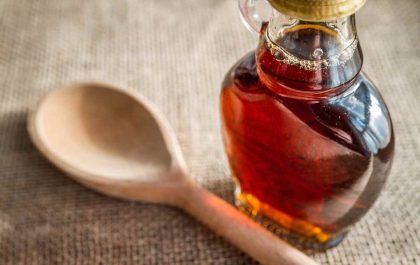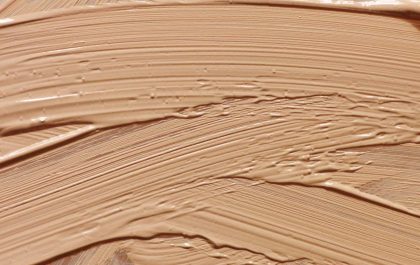Table of Contents
Acne
Acne isn’t just a teen thing. While skin spots often appear in teens, even children’s affected, some people find that their skin becomes prone as adults. Acne is sometimes labelled according to the age at which it occurs. This dermatological problem is also described according to its severity, child, juvenile, adult, etc., but this dermatological problem is also described according to its symptoms’ severity.
At other times different forms of the disease are grouped according to external causes, which may have led to the appearance of imperfections (for example, cosmetics and festival). This article looks at three different types of acne and explains the names, possible Triggers, and symptoms of each type.
Symptoms
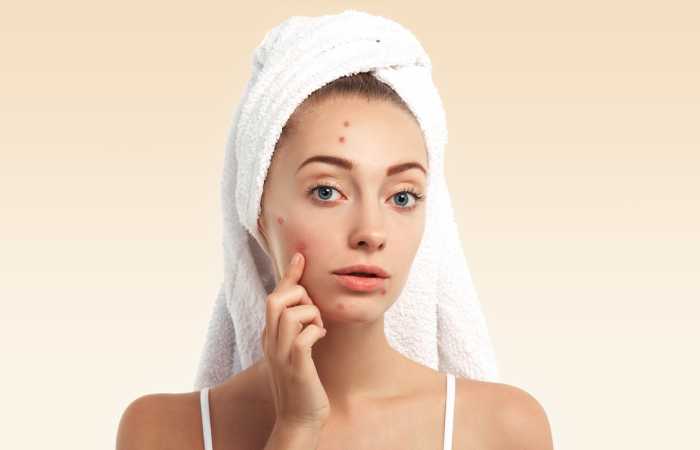
Acne signs differ depending on the severity of your condition:
- Whiteheads (Clogged Plugged Pores) Blackheads (open plugged pores)
- small red, tender bumps (pustules), which are papules with pus on their ends Large, solid, painful
- lumps under the skin Painful, pus-filled lumps under the skin (cystic sores)
- It habitually appears on the face, forehead, chest, upper back, and shoulders.
Causes
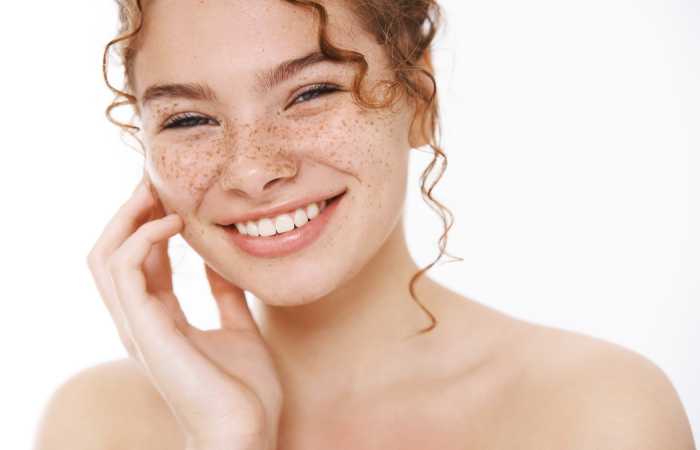
Four main factors cause acne. excess oil (sebum) production Information.
Acne usually looks on your face, forehead, chest, upper back and shoulders because these skin parts have the most oil glands. Hair follicles associate with oil glands, and the partition of the strand may bulge and produce a white head. But the pores are full of bacteria and oil, which turn brown when air exposure.
Pimples are red spots with a white center that develop when blocked hair follicles become inflamed or infected with bacteria. Blockages and inflammation deep inside the hair glands cause lumps such as cysts under the surface of your skin. Other holes in your skin, which are the openings of the sweat glands are not usually involved in acne.
Certain Things can Trigger or get Worse Spots
Hormonal changes Androgens are hormones that surge in boys and girls during puberty and cause the greasy glands to enlarge and produce more sebum. In girls, they enlarge and cause the sebaceous glands to enlarge and produce more sebum. Hormone changes during midlife, especially in women, can also lead to breakouts.
Diet Studies indicate that consuming certain foods-including carbohydrate-rich foods, such as bread, bagels and chips–may worsen skin. Further studies are needed to test whether people with acne would benefit from following specific dietary restrictions. Stress doesn’t cause acne, but if you already have acne, stress can make it worse.
Acne Myths
These factors have little effect on acne:
- Chocolate and greasy food.
- Eating chocolate or greasy food has little or no effect on acne.
- Hygiene. Dirty skin does not cause it.
- Scrubbing the skin too vigorously or cleaning it with harsh soaps or chemicals irritates and can worsen.
- Cosmetics. Cosmetics don’t necessarily worsen, mainly if you use oil-free makeup that doesn’t clog pores (non-comedogenic) and remove makeup regularly medications.
Acne – Complications
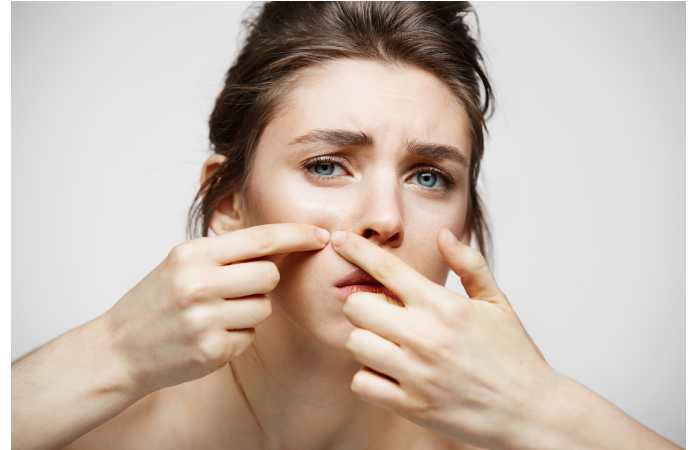
People with duskier skin tones are more likely than people with lighter skin to experience these complications:
- Scars Skin (scars) and thick scars (keloids) can remain long after spores has healed
- Skin Changes after the dead skin has cleared up before the affected skin condition occurs
- It Can be darker (hyperpigmented) or lighter (hypopigmented) than risk e darker
Risk Factors
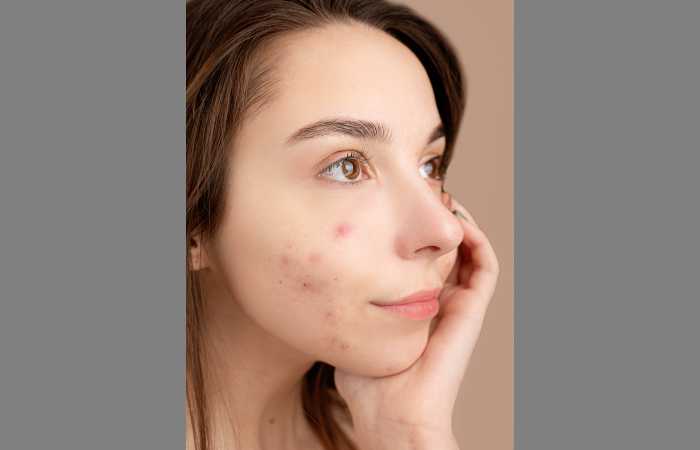
Some risk factors are:
- Age. People of all ages can get spots, but it is most common in teenagers.
- Hormonal changes and such changes are common during puberty or pregnancy.
- Family history and heredities play a part in acne.
- Greasy or oily substance You can get spots when your skin comes into contact with oils, oily lotions, and creams.
- Friction or pressure on your skin. It can cause by items such as telephones, cell phones, helmets, tight collars and backpacks.
Conclusion
Acne causes whiteheads, blackheads or pimples. It is most mutual in teenagers, although it affects people of all ages. Effective spots treatments are available, but spots can be persistent. Pimples and bumps gradually heal, and when one begins to go away, others crop up. Depending on its severity, it can cause emotional distress and can stain.
Related posts
Featured Posts
Demerara Syrup – Introduction, Demerara Sugar Vs Brown Sugar, Syrup
What Is Demerara Syrup? Demerara Syrup is a processed sugar that is minimally processed, gives a golden brown colour, and…
Tarte Foundation – Best Tart Foundation 2022
Tarte Foundation Tarte Foundation – It has become a popular and game-changing brand in an industry that started small but…

